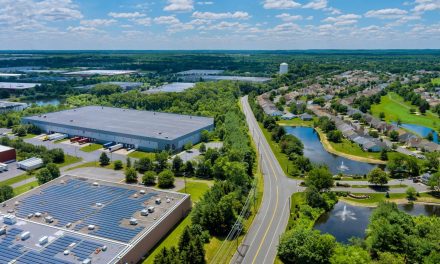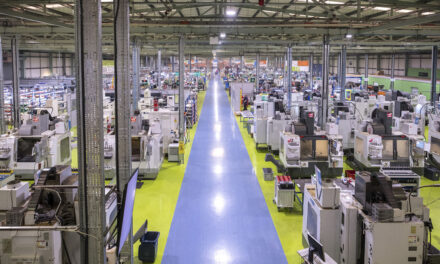Infor’s Kevin Price looks at why enterprise asset management (EAM) is no longer enough for manufacturers to drive performance in an era dominated by digital
For manufacturers, processes have undergone a number of revolutions in the last few decades, characterised by ever-greater automation, and more recently, machine learning and IoT. Maintenance has seen comparative levels of change in recent years, with maintenance 4.0 digitalising previously manual processes, and EAM delivering the ability to harness the power of data to predict asset failure and automatically direct a remediation process. Many organisations have, in recent years, adopted varying iterations of EAM in their quest to reduce downtime and increase the lifespan of equipment. But as we embark upon a new digital era, accelerated by Covid, and underpinned by initiatives such as Industry 4.0, many industry experts are questioning whether EAM goes far enough?
While the principles of EAM are absolutely valid, maintenance per se is typically a discipline confined to the factory floor, designed to monitor an optimise the management of equipment, reduce downtime and maximise productivity. But with collaboration and connectivity across the enterprise representing some of the critical shifts in 2021, strong asset performance should, and indeed must, be an enterprise-wise goal.
In response to this shift, asset performance management (APM) has been heralded as the next big thing in optimising asset-orientated performance, marking an end to reactive maintenance management once and for all.
Some businesses have been making do and getting by with asset management strategies that sell them short, driving up the cost of maintenance labour and materials and increasing the risk that critical assets will be offline when they’re most urgently needed. The scene has been shifting over the past several years, with Enterprise Asset Management (EAM) offering greater visibility and sophistication for maintenance operations.
But business rarely sits still for very long. And with the rapid rise of Industry 4.0, it’s essential for asset management to keep up. Maintenance 4.0 is the set of tools and strategies that is helping companies optimise operations by deploying the mountains of data now available to keep equipment and production lines in peak operating condition.
What’s new and why it matters
Those organisations which have already embraced EAM are already witnessing the extent to which gains can be made by upping the ante when it comes to maintenance. Once a system exists which can capture asset condition correctly and maintain an electronic system of record, it’s hard to imagine life before it.
But for many companies, that’s just the start. With an avalanche of operating data from multiple sources, there are so many opportunities to take another step up into predictive and preventive maintenance. APM is the tool that allows manufacturers to make sense of the data, develop a more profound understanding of assets, predict and prevent failures, improve failure management, improve budgeting and cost control—all without having to install, then try to manage and maintain multiple software operations.
APM pulls in data that has traditionally been stored in an EAM system as well as data from a wide range of asset measurement solutions, then applies algorithms or Artificial Intelligence or machine learning models to enable decision support, predictive analytics, and what-if analysis. The result is improved analysis and greater automation to increase asset efficiency, manage asset reliability and sustainability, improve customer-centricity, and optimise total cost of ownership.
The five components of APM
- The asset registry gives managers visibility into asset inventories and risks, tracks metadata on each device, and monitors the device’s position in the larger system as well as its current condition.
- The work history consolidates work orders, closing codes, solution codes, and more into a comprehensive portrait of an asset’s life cycle and provides a foundation for predicting future failures.
- Real-time condition data is readily available through a complex web of Internet of Things (IoT) and Industrial Internet of Things (IIoT) sensors and instrumentation. An APM system makes sense of the continuing cascade of incoming data on individual devices, parts, and components, triggering alerts and work orders when pre-set tolerance limits are exceeded.
- Algorithms and modelling analytics turn data into action, allowing organisations to predict how assets will behave in real time and use Artificial Intelligence or machine models to perform what-if analysis.
- Connectivity between an APM solution and other elements of a corporate ERP adds depth and texture to APM plans while driving actions beyond the realm of maintenance and asset management.
A company-wide APM strategy built on transparency and real-time visibility stands to translate the potential benefits of digital, Industry 4.0 and IoT into very tangible improvements for the bottom line, and underpin future planning. For those already on their asset management journey, this next evolution is crucial in marking out the visionaries and future leaders.




